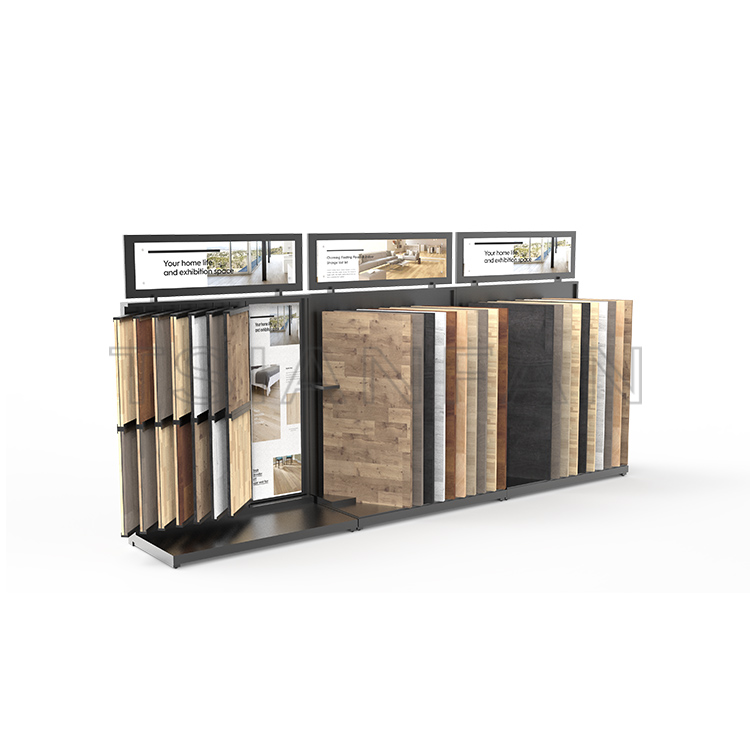All You Need to Know About Flooring Display Boards, Sample Boards, and Racks
If you’re in the business of selling flooring, then you know that an effective display is essential to closing a sale. After all, potential customers need to be able to see and touch the product before they can make a decision. But what’s the best way to display your flooring products? In this blog post, we’ll take a look at three popular options: display boards, sample boards, and racks. By the time you’re finished reading, you’ll know everything you need to choose the best option for your business.
Display boards are large panels (usually 4′ x 8′) on which flooring samples are mounted. They’re typically made of MDF (medium-density fiberboard), which is a type of composite material that’s very smooth and stable. Display boards are usually hung on walls, but they can also be freestanding if they’re mounted on an easel or placed on a tabletop. The main advantage of using display boards is that they allow potential customers to see a wide variety of options at once.
This is especially helpful if you offer many different types of flooring or if you have a large inventory. Display boards also have a professional appearance and can be reused again and again. The downside of display boards is that they can be expensive to create, especially if you use high-quality materials. They can also be difficult to transport and store since they’re so large. Sample boards are smaller than display boards (usually 2′ x 2′), and they usually only contain one or two samples.
Like display boards, sample boards are usually made of MDF, but they can also be made of other materials like plywood or particle board. Sample boards typically have an adhesive backing so that they can be attached to walls, but they can also stand on their own if they’re placed on an easel or tabletop. The main advantage of using sample boards is that they’re less expensive than display boards since they require less material. They’re also easier to transport and store since they’re smaller in size.
Additionally, sample boards allow potential customers to get a close-up view of the flooring so that they can see all the details. The downside of sample boards is that customers can only see a limited number of options at once, which might not be ideal if you offer many different types or have a large inventory. Additionally, some customers might prefer seeing the flooring in a larger space so that they can get a better sense of how it will look in their own home or office. Flooring racks are similar to clothing racks; they’re freestanding units with multiple arms on which samples are hung.
The arms on flooring racks vary in length, but they’re typically between 3′ and 6′. Flooring racks are usually made of metal or plastic, but some higher-end models might be made of wood. The main advantage of using racks is that potential customers can browse through a large number of options without having to ask for assistance from sales staff. This allows them to take their time making a decision and eliminates any pressure they might feel to purchase something on the spot. Racks also take up less space than display boards since they don’t have to be mounted on walls or placed on tables or easels; this makes them ideal for small showrooms or retail spaces.

